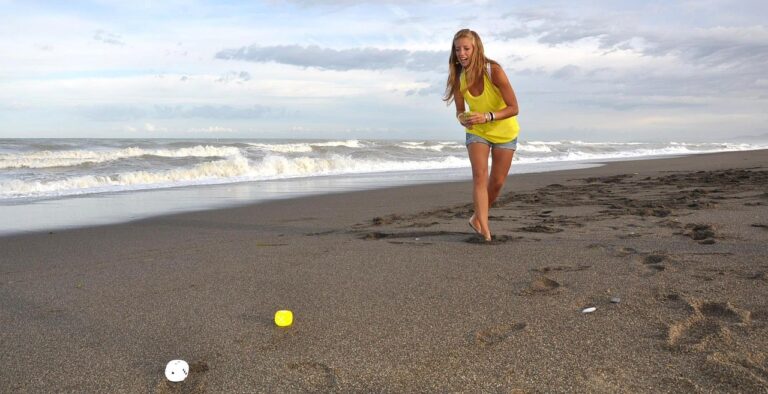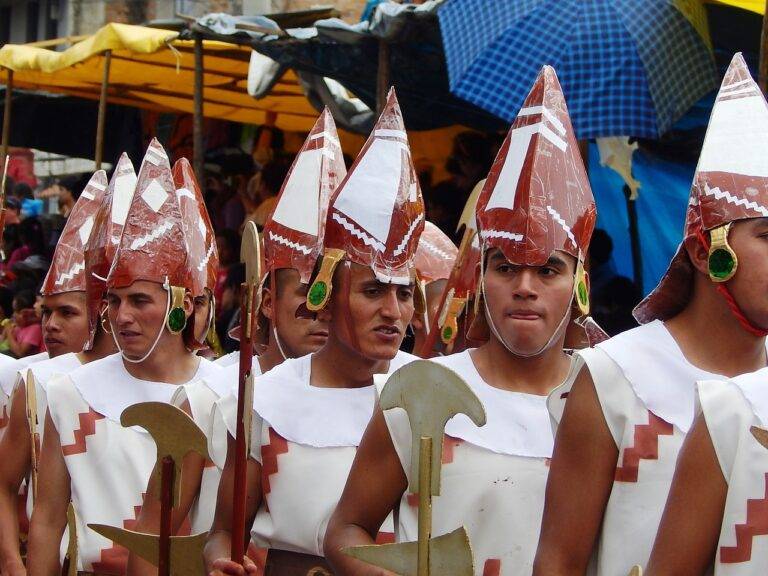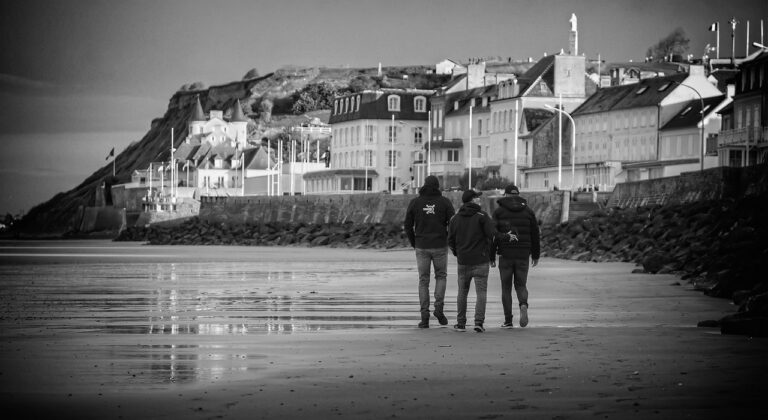Exploring the Intersection of Fashion and Film: Costume Design in Movies
Fashion trends have always played a significant role in shaping costume design in various forms of media, including film. Designers often draw inspiration from current fashion trends to create costumes that resonate with audiences and contribute to the overall aesthetic and narrative of a movie. By incorporating elements of popular fashion trends into costume design, filmmakers can make characters feel more relatable and contemporary, enhancing the audience’s connection to the story.
Moreover, the influence of fashion trends on costume design goes beyond mere aesthetics. Costumes that reflect current fashion trends can also serve as a reflection of the time period in which a film is set, helping to establish the setting and context for the story. This attention to detail in costume design not only enhances the visual appeal of a movie but also adds depth and authenticity to the characters and their world, making the viewing experience more immersive and engaging for audiences.
Iconic Movie Costumes That Have Inspired Fashion Trends
Movie costumes have long been a source of inspiration for the fashion industry. The iconic white halter dress worn by Marilyn Monroe in the movie “The Seven Year Itch” instantly became a symbol of femininity and glamour. This iconic dress has since inspired countless designers to create their own versions of the classic white halter dress, cementing its status as a timeless fashion piece that continues to captivate the world of fashion.
Another iconic movie costume that has left a lasting impact on fashion trends is the glamorous black Givenchy dress worn by Audrey Hepburn in the film “Breakfast at Tiffany’s.” This elegant and sophisticated dress epitomized chic style and continues to be a source of inspiration for designers seeking to capture the essence of timeless beauty and grace. The sleek silhouette and timeless allure of this iconic dress have solidified its place in the annals of fashion history, proving that certain movie costumes have the power to influence fashion trends for generations to come.
The white halter dress worn by Marilyn Monroe in “The Seven Year Itch” has inspired countless designers
The black Givenchy dress worn by Audrey Hepburn in “Breakfast at Tiffany’s” epitomized chic style
Both iconic movie costumes continue to influence fashion trends and captivate the world of fashion
The Evolution of Costume Design in Film
Costume design in film has undergone a significant transformation over the decades. In the early days of cinema, costumes were often simplistic and served merely to distinguish characters. As the medium evolved, costume designers began to play a more integral role in storytelling, using attire to express character traits, convey socio-economic status, and even symbolize themes.
With the rise of color film and advancements in technology, costume design began to take on a more elaborate and artistic form. Designers started incorporating intricate details, luxurious fabrics, and innovative silhouettes that added depth and authenticity to on-screen characters. This evolution allowed for a more immersive viewing experience and helped elevate the overall aesthetic of films.
How do fashion trends influence costume design in film?
Fashion trends play a significant role in costume design in film, as designers often look to current styles and popular clothing items to create authentic and relatable costumes for characters.
Can you provide examples of iconic movie costumes that have inspired fashion trends?
Certainly! Some iconic movie costumes that have inspired fashion trends include Audrey Hepburn’s little black dress in “Breakfast at Tiffany’s” and the leather jacket worn by Harrison Ford in “Indiana Jones.”
How has costume design in film evolved over the years?
Costume design in film has evolved significantly over the years, with designers incorporating more intricate details, advanced materials, and innovative techniques to create visually stunning and memorable costumes for characters.







